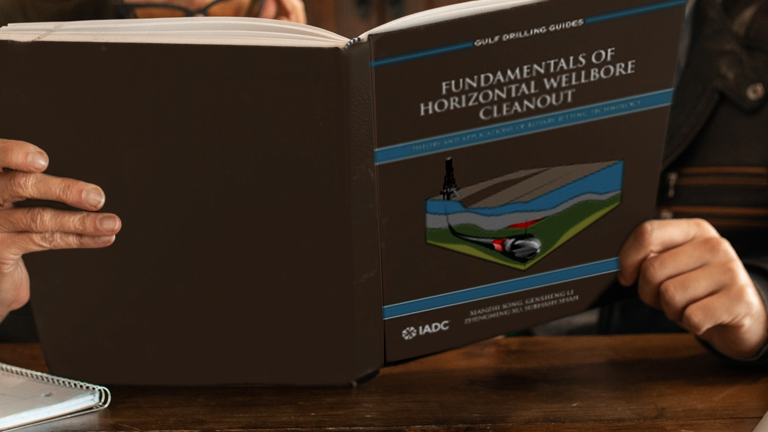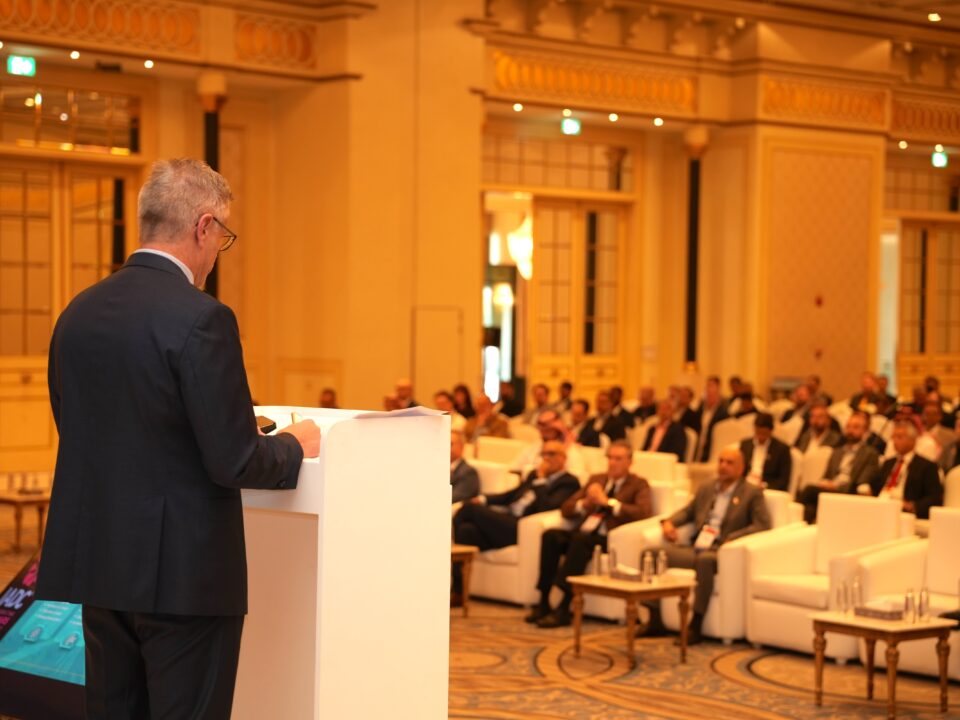It doesn’t take too long in the energy industry to realize that teamwork is the key to success for any organization. That’s fundamental to the Association’s founding itself. To achieve the larger collective goals for the drilling industry, IADC formed various Committees.
For IADC’s Technical Publications Committee, its mission is to create a comprehensive, practical, and readily understandable series of peer-reviewed publications on well construction and integrity in the oil and gas industry to educate and guide personnel at all levels.
Given the large task required by the committee to meet this goal, they’ve decided it’s best to break up this textbook-writing project into smaller pieces committee.
That’s why the IADC Technical Publications Committee is proud to celebrate publication of the forthcoming Fundamentals of Horizontal Wellbore Cleanout: Theory and Applications of Rotary Jetting Technology. This book is the 11th in its “Drilling Encyclopedia” portfolio. This 300-page drilling guide was authored by Xianzhi Song, Gensheng Li, Zhengming Xu, and Subhash Shah, and published by Elsevier, the Dutch technical publishing company.
About the Committee’s Wellbore Book
Fundamentals of Horizontal Wellbore Cleanout: Theory and Applications of Rotary Jetting Technology covers the most effective tools and emerging technologies in horizontal wellbores, giving today’s petroleum and drilling engineers alternative methods to hole cleaning in today’s horizontal wells.
“We’re expanding our focus on well construction in oil and gas operations,” said Committee Chair, Fred Growcock, “Our previous book covered Workover Recompletions, so this latest textbook discusses the latest methods regarding effective sand clean-out tools.”
Key Features of the Book
The book provides the most relevant information on hole cleaning including details on sand bed formations, sand settling velocity, and the friction and hydraulics.
- Presents flowcharts, methods, and field studies to help readers develop cost-saving strategies and optimal performance.
- Helps users build their own models using the experimental data provided
- Guides readers on how to build research and operation capabilities by providing extensive literature reviews and references.
- Illustrative case studies include clean-out with varying nozzle assemblies leading to optimum design on operation procedures, bottomhole assembly, and other lessons learned from known field experience.
- Future research on cost-saving strategies including CO2 used as a washing fluid in water-sensitive formations.
Textbook Teamwork
Fundamentals of Horizontal Wellbore Cleanout was only possible with the joint effort of the volunteer working group. The working group wrote, edited, and revised the textbook until its detailed sections were correct, clear, and concise. These sections include the settling characteristics of sand, how the sand particle’s shape and size affect drag coefficients, and prediction models of sand concentrations, among others.
“Reviewing this book opened my eyes,” said John Gammage, a 40-year industry vet working as a “engineering driller.”





